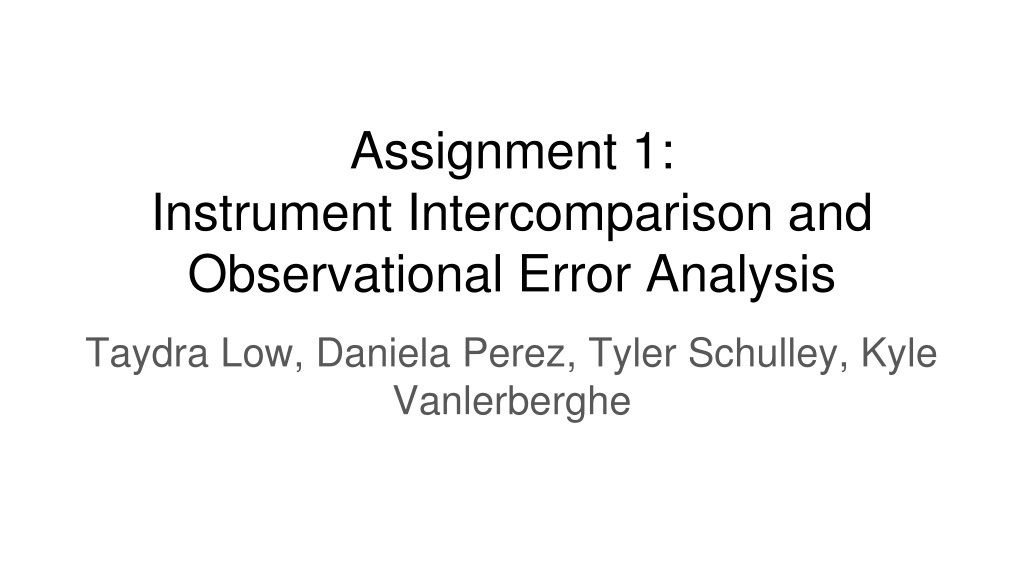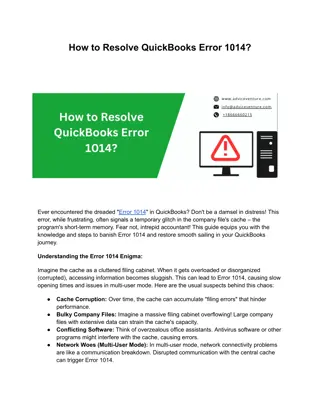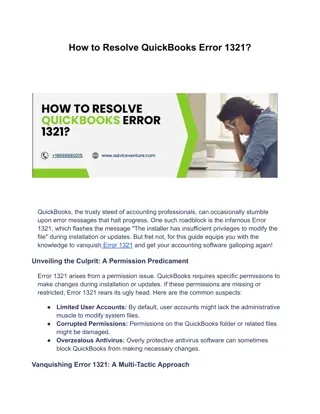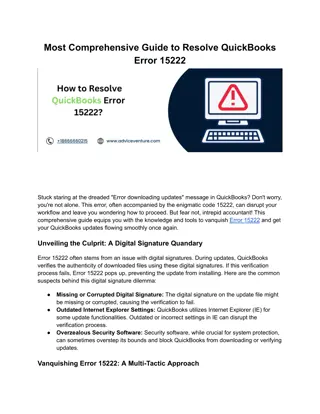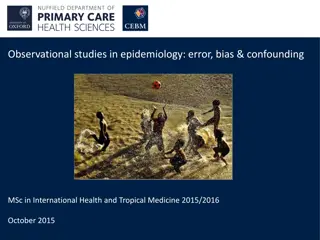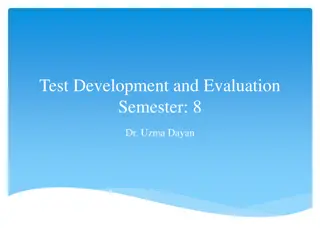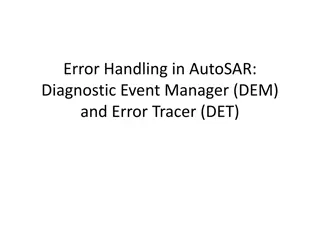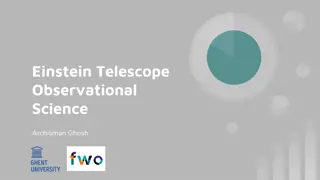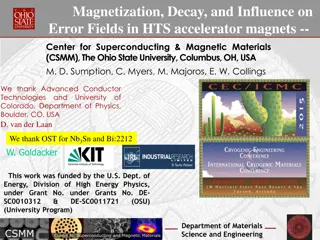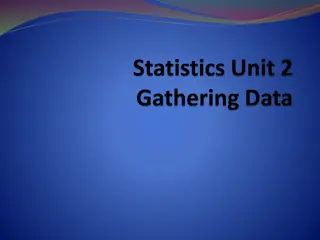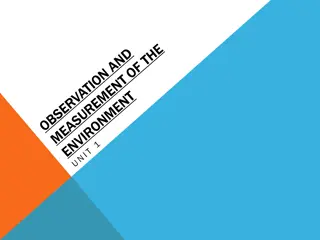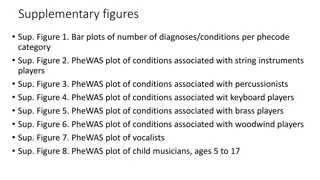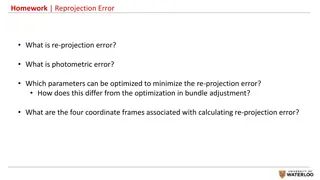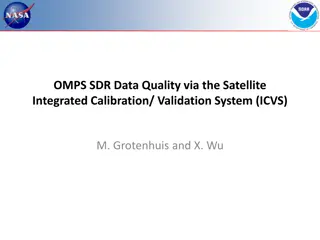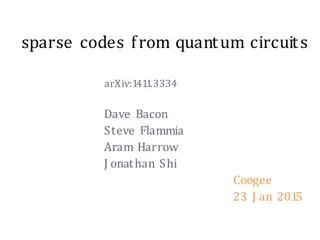Instrument Intercomparison and Observational Error Analysis
Explore the comparison of various weather instruments such as Wind Vane, 3-cup Anemometer, Pyranometer, Solar Panel, Temperature/Humidity Sensor, and more. Analyze temperature differences over time, the impact of wind speed on temperature variations, and relationship with solar radiation. Discover differences in measurement accuracy and considerations for data analysis.
Uploaded on Sep 29, 2024 | 0 Views
Download Presentation

Please find below an Image/Link to download the presentation.
The content on the website is provided AS IS for your information and personal use only. It may not be sold, licensed, or shared on other websites without obtaining consent from the author. Download presentation by click this link. If you encounter any issues during the download, it is possible that the publisher has removed the file from their server.
E N D
Presentation Transcript
Assignment 1: Instrument Intercomparison and Observational Error Analysis Taydra Low, Daniela Perez, Tyler Schulley, Kyle Vanlerberghe
The Fault In Our Instruments Purpose and Goals Instruments Used Become familiar with instruments Wind Vane Perform basic data analysis 3-cup Anemometer Determine how the environment effects Pyranometer instruments Solar Panel Determine associated errors Temperature Sensor Within each instrument Temperature/Humidity Sensor How they differ HOBO1 Weather Station 15 Kestrel Drops
Comparison of the Differences in Temperature Over Time Temperature differences depend on the time of day and the different ambient conditions Temperature differences are more extreme for the Kestrel drops The HOBO sensors are shielded and the Kestrel sensors are not
Comparison - Day Time vs Night Time (Correction Factor) Changed solar_filter sheet for solar radiation to >1 W/m^2 which indicates day time Compared all Kestrels to HOBO01 Greater temperature difference during the day Graphs by Daniela
Comparison of the Differences in Temperature Relative to Wind Speed Temperature differences and wind speed are inversely related As wind speed increases the temperature differences decrease High wind speeds = smaller radiation errors
Comparison of the Differences in Temperature Relative to Wind Speed HOBO01 to Kestrels Comparing winds greater than 5mph to less than 5mph It is clear that there is a greater temperature difference in no wind than with wind Graphs by Daniela
Comparison of the Differences in Temperature Relative to Solar Radiation Temperature differences for the HOBO sensors remain relatively constant over time Temperature differences and solar radiation are directly related for Kestrel drops As solar radiation increases the temperature differences increase as well High solar radiation = larger radiation errors
Solar Radiation Error Dependent on the different ambient conditions
Graph by: Tyler Schulley As we saw, radiation affects temperature readings, but by how much?
Table by: Tyler Schulley Table by: Taydra Low
Response Time - Ventilated vs Unventilated Tables by: Taydra Low Response time is faster for ventilated sensor compared to unventilated In the unventilated table - the response time in the sensor brought inside vs brought outside is the same In the ventilated table - there is a quicker response time for the senor brought outside back inside This is consistent with the results we found
Conclusion: HOBO stations and Kestrel sensors did not record the same temperature given the same environmental conditions Shielded vs Unshielded More radiation - errors Corrections need to be made to the temperatures for the Kestrel Drops Corrections will change based on the magnitude of the solar radiation error Solar radiation error is dependent on ambient conditions (wind speed and solar radiation) Ventilation helps reduce solar radiation error as well as well as instrument response time
